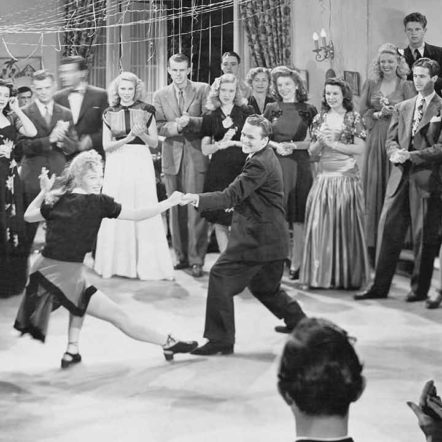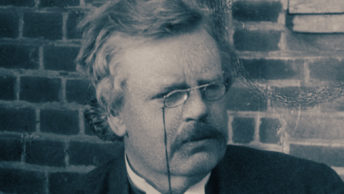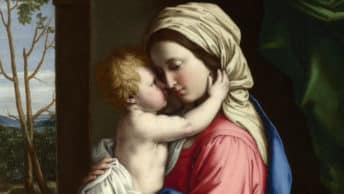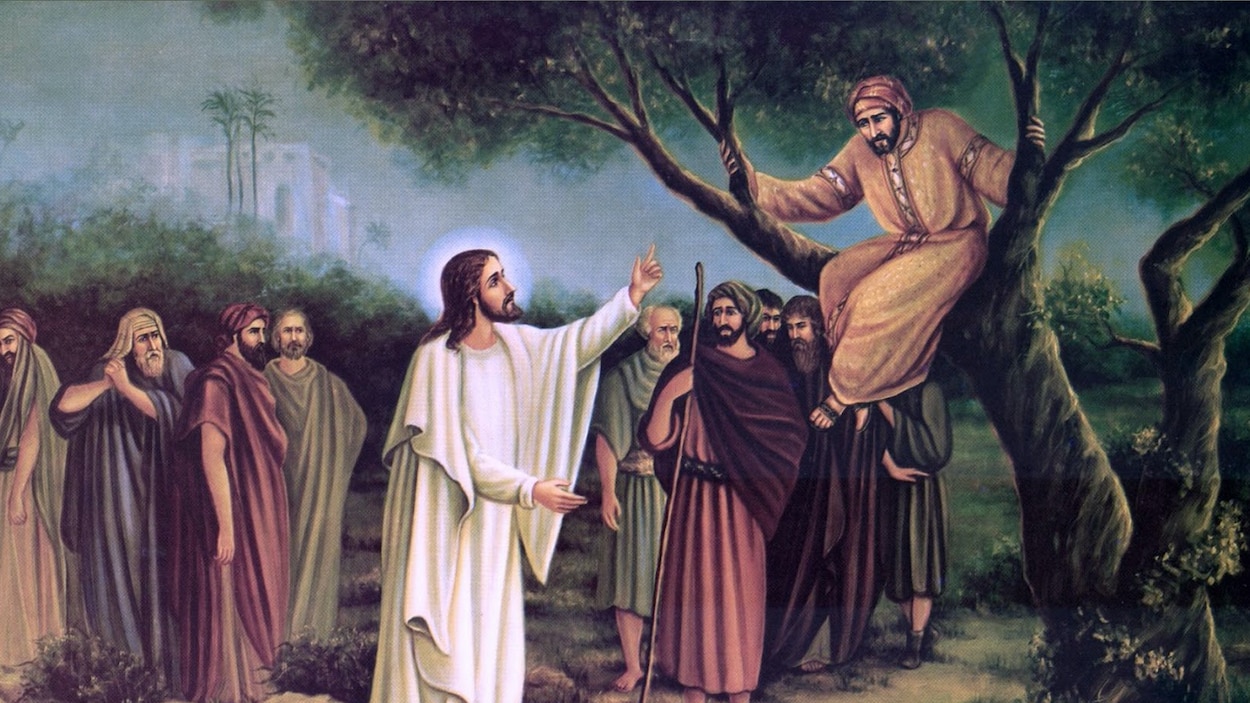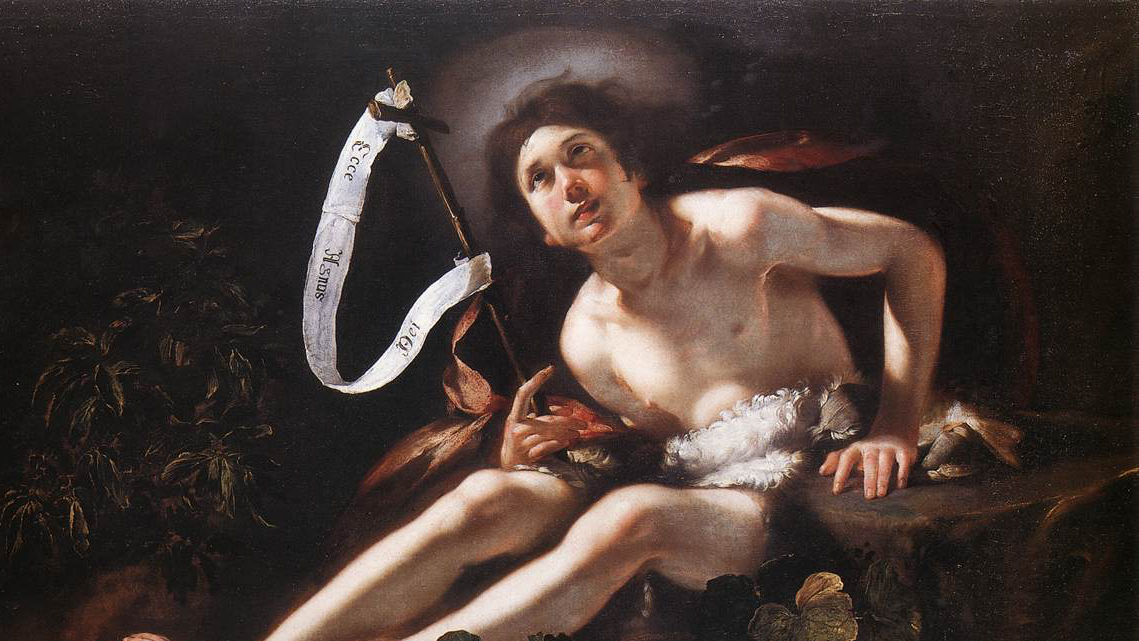During my childhood, I was exposed to dancing on television because of my parents’ love of the Ed Sullivan Show. They also took me to the theater for a rendition of the Broadway musical Carousel when I was about seven. I can’t say I enjoyed the show because the song June is Busting Out All Over echoed in my ears for what seemed like an eternity.
As I grew older my mother sent me to dancing school for two years to learn some of the social graces and popular dances, such as the Waltz, Foxtrot, Cha cha and Tango. The first year, I spent too much time goofing off with a seventh-grade classmate, named Mimi that we almost got banished from the dance floor. Perhaps my woeful lack of rhythm prevented me from enjoying that dancing experience.
When I got to high school and even college, dancing had begun its change from close partners to a solipsistic display of self-expression. My interest became purely pragmatic. Dances served as a terrific meeting place for girls, lots of girls. I will never forget my first big mixture at Holy Cross. It was churlishly referred to as the Cattle Call as busloads of women came from the 50 surrounding colleges.
While I never dreamed of sugar plums dancing in my head, or Fred Astair dancing up the side of a wall, some songs continue to resonate in my soul for years. Even today, I still thrill to Gene Kelly’s rain-soaked dance while clinging to a lamp post and bellowing Singing in the Rain. It is a vivid image like that, which underscores the point of this essay. One line in the song says it all. Dancing in the rain, I am happy again. The look on his sodden face is one of pure joy.
I Could Have Danced All Night, sang by Julie Andrews’ in the Broadway play My Fair Lady, is a show-stopper. She emanates a deep-felt yearning and the inner joy of a young woman on the brink of falling in love. While I did not see the play, I did see actress Audrey Hepburn’s rendition on the silver screen four different times while in college. Her bright eyes radiated with dramatic ecstasy, as she lip-synced* the words to the same song.
Later on, I enjoyed the frenetic dance movements of The Riverdance and even went to the ballet. I still marvel in amazement of the beauty and grace of the human body as it moves and glides to something that can only be described as an inner music that the audience cannot hear but only feel. Dance becomes likened to a prayer to God above.
The plays Chorus Line and Mami Mia are arguably my two favorite musicals of all time. I have seen them a total of eight times on stage. Each performance touched me more than the last one. Their synergistic fervor moves the soul as well as the body into a joyous state. I sense the same thing may be happening with the new play Chasing Magic, which just opened at the Joyce Theater in New York. The joy on the faces of the dancers gives the message that gaiety is omnipresent. Today Dancing with the Stars brings joyous and expert dancing into every home with a TV set.
As I developed my stylistic love of metaphors, the art of the dance played a new role in my life. Dance became an appropriate metaphor for the joy of life. During my first teaching assignment, at St. Henry’s High School in Charleston, Missouri, not only did I teach all the history courses but one religion class as well. For our text book, I used Robert L. Short’s 1965 book, The Gospel According to Peanuts, the cartoon strip by Charles M. Schultz.
The main character, Charlie Brown, always appeared with his lightning bolt sweater, which the author took to represent Christ’s crown of thorns. Charlie was almost a depressing figure. His failures on the football field and with the little redhaired girl remind me of the cartoon of Ziggy. Snoopy, his anthropomorphic beagle, had the best supporting role. Though he never talked and only sporadically Woofed, his joyous approach to life was easily perceived. He often performed the dance of life solo but sometimes other characters joined him. His pure canine joy was palpable. Snoopy also had great compassion for people who did not dance. As he thought in one frame, I feel sorry for people who can’t dance! I think he dramatized the fact that such people were missing out on one of life’s most popular roads to divine joy.
In my later years, I came to realize just how much dancing had infiltrated the world of sports. One need only look at figure skating, which is akin to dancing on a slippery surface while wearing bladed dancing shoes. I am constantly amazed at the skaters’ acrobatic beauty and grace as they glide to the music in their souls. I can understand why so many are attracted to the pageantry of the greatest show on ice. The same is true in football. In the 1970s, I reviewed a book about sports where the, then Buffalo Bills running back, O.J. Simpson was praised for his exceptional speed and agility. As the journalist put it so beautifully, he looked forward to every Sunday when I can go see O.J. dance.
In 1962, Ed Sabol created a whole new enterprise with NFL films, a weekly program that dramatized the highlights from the prior week’s schedule. Sobol chose for his narrator John Facenda, whose deep-throated tones and authoritative vocal cords earned him the respectful appellation of The Voice of God. Together they pioneered an entirely new approach to professional football that helped popularize the sport beyond its wildest expectations.
Weekly highlights, filmed in slow motion, were brilliantly illustrated and accompanied with music that might seem as if it had come from Tchaikovsky’s Ballet Suites. This was a perfect marriage that dramatized the rhythmic moves of the wide receivers, running backs and even the players in the trenches as they fought for every inch of ground. To watch it was to view a ballet on turf. The players with their pivots, leaps and graceful ability to catch a pass or dodge a tackler, demonstrated that dancers and football players were both superior athletes in their own realms. This was an aspect of the game that was often missed during live action because like baseball’s close play at first base, it happens so fast that the human eye could not capture all its nuances. Thus, the eventual need for instant replay.
In the world of theological discourse, Franciscan mystic and sometimes prophet, the heterodoxic Richard Rohr published a book, in 2016, entitled The Divine Dance. His book raises dance to divine heights. In what might be the most imaginative explanation of the Blessed Trinity, since St. Augustine in the fourth century, Father Rohr chose an iconic Byzantine painting from the 15th century by the venerable Andrei Rublev for his colorful book jacket. The painting was commissioned for the Trinity Cathedral of the Trinity-Sergius Lavra. Rohr uses the icon of the three angels seated at table to express his understanding of the essence of the Trinity. As in the painting each angel represents one of the members of the Trinity, seated at a round table. The Holy Trinity is then a communion among Three Persons in Divine love.
Consequently, Rohr sees the Trinity as a relationship of the Three Person in the triune God. Staying within his exciting metaphor, all of us are invited to join in this relationship as if in one universal dance. According to Sister Ruth Bolarte’s review for Catholic Philly, St. Gregory of Nazianzus refers to this awesome dynamism with the Greek word perichoresis. The term can be literally translated as moving around or dancing around. Thus, the spanine persons not only live in one another but also ‘dance in one another.’ Unlike the individual dancing of today, the Trinity engage in a triune dance that unites us all in the teachings of the Church. Rublev’s icon is a masterpiece of ancient Russian iconography and it is not surprising that the Church and even Father Rohr chose it as a model for depicting the Trinity.
On a more human level, I remember another memorable dramatization of the human love of dance. Zorba the Greek tells the story of a young English man who travels to Crete to inspect an abandoned mine, bequeathed to him by his father. While there, he befriends Alexis Zorba, who professes to know something about mining. When all goes wrong and the man is bankrupted, Zorba the philosopher teaches him to defy adversity by saying Yes to life.
The final scene, which I remember vividly, is considered one of the most evocative scenes in film history. It portrays the two men standing on the precipice of the collapsed mine. The Brit asks the Greek: Zorba teach me to dance. Will you? Then to the rhythmic sounds of the bouzoukis, the two men link arms, look to the heavens above and cast their fates to the winds or perhaps God’s Providence. Barney Cooper, the author of this commentary reminds us that dance is a metaphor for saying that life is worth living. (I am confident the late Blessed Archbishop Fulton J. Sheen would have approved of this.)
The moral here is that when things are the very worst, instead of giving in to failure, grief or disaster, look to God and engage in the dance of life with joy and love. The devil hates when people express joy in dancing because it often brings them closer to God.
*The words were actually sung by actress and singer Marni Nixon.

